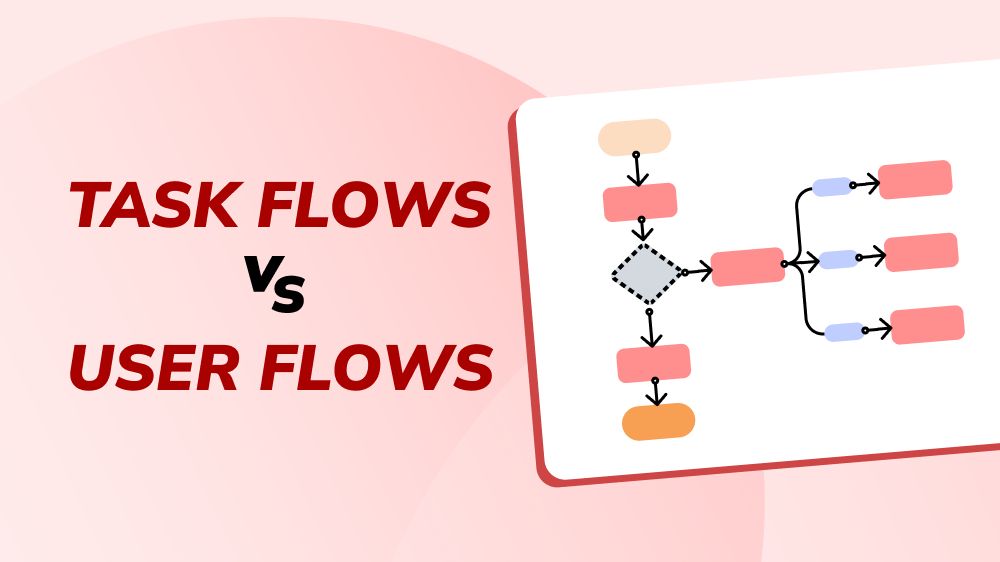The Complete Set of Scrum Master Skills – All Needed to Become a Successful One

Content Map
More chaptersAccording to Digital.ai, Agile development has dramatically grown from 37% to 86% of teams, which is a sharp increase of 232% in the software industry. As more and more IT businesses have been implementing Agile methodologies (69% of adoption for the IT industry only), there is a rising demand for Scrum professionals.
In the ideal agile world, a software development team would run processes and project management tools on its own, adhering to the methodologies. However, until then, an Agile team still relies on a Scrum master to steer the whole process and keep it on the right track. To perform such responsibilities, Scrum masters have to own a certain set of important skills.
What Is the Scrum Methodology?
Before getting to know Scrum masters, it would be better to comprehend the Scrum methodologies first. Created by Jeff Sutherland and Ken Schwaber, Scrum is an agile project management framework in which projects are broken down into time-boxed cycles called Sprints. A Sprint spans a few weeks (around two or four weeks and no longer than one month), and a set of features are developed and wrapped up during each Sprint. One or multiple Sprints are combined into a Release wherein official software delivery is made to the end users. In software development, Scrum enables rapid development and QA testing as well as transparent feedback and continuous improvement per cycle, eventually delivering value to customers.
There are four key components forming the backbone of the Scrum methodology, including Sprint planning, daily stand-up, Sprint review, and Sprint retrospective. These are also known as Scrum ceremonies, Scrum events, Scrum meetings, or Agile ceremonies.
Scrum methodology typically involves a small or mid-size software development team of around seven to nine team members, including a Scrum master, a product owner (PO), and developers. In a Scrum team, each member plays a different yet equally important role, and there is no rank or hierarchy.
Who Are Scrum Masters?
Scrum masters are accountable for leading Agile teams and product owners to ensure that the Scrum framework is strictly followed. They must boast a deep understanding of the core principles of the methodology, including the essential Scrum master skills, theories, practices, and rules. The Scrum masters perform the role of a team leader and a manager at the same time, so their responsibility is not only to guide and steer the Scrum teams but also to motivate and coach them in order to make the most of the workflow and the software development teams. Although these roles adhere to Scrum values, they should stay flexible and open to changes since the Scrum framework is all about adaptation, evolution, and improvement. A development team normally requires one Scrum master at a given time.
What It Takes to Become a Great Scrum Master - Essential Skills
It is somewhat difficult and inaccurate to define this role in one specific Scrum master skill because one Scrum professional must be a collection of various skillsets and knowledge. Hence, people who would like to advance in this career must develop a set of leadership, collaboration, and soft skills besides the core foundations of Scrum methodology. It is these essential traits that make the difference between a successful Scrum master and others.

Solid Base in Scrum Knowledge
Of course, a Scrum master ensures the accurate use of the Scrum process; therefore, they must be adept at all aspects of Agile and Scrum, including its values, principles, practices, and artifacts, before he or she can direct Scrum teams on the job or push the teams ahead. Future Scrum masters can acquire the base knowledge from a variety of sources, such as by reading books such as “The Scrum Guide” written by Jeff Sutherland and Ken Schwaber, which is considered the Bible of Scrum. Or they can also join relevant forums, attend conferences and workshops related to Scrum and Agile methodology, or take a certified Scrum master mentoring program (E.g., courses by Scrum Alliance). Besides, it is not obligatory for Scrum masters to be technically sound, but it will be advantageous to have some technical skills in product development, software engineering practices, and other related fields to offer valuable insights into the Scrum process. Make sure you have completed a few technical training courses before embarking on the journey to become a part of a Scrum team or become a Scrum professional.
Team Coaching
A Scrum master ensures the entire team adheres to the development methodology, so they play the role of a mentor to transfer essential knowledge and experience to other team members and ensure that Scrum is well comprehended and applied in practice. That’s why people in this role must be gifted teachers in nature or have sharpened their teaching skills over time. In other words, Scrum masters should be able to impart knowledge to their team members and assist them in developing their understanding of the Scrum and Agile principles, partially pushing the entire team ahead with support and guidance. Additionally, they should also have a clear understanding of how the individual strengths of each member fit into the bigger picture and make room for the team’s progress.
Strong Communication Skills
Communication is always the key to successful teamwork, and boasting such qualities is compulsory for management roles, including Scrum masters. Especially a Scrum master works as an interpreter between the development teams and stakeholders, so strong communication skills are fundamental. An excellent communicator will be able to express ideas concisely and clearly, as well as listen to others and receive information. An active listener in the Scrum roles will be able to hear their team members out and understand their perspectives and then use the knowledge to explain expectations to them in return. This will keep all on the same page and working together towards a common goal. A Scrum master must be an active listener as well, so he or she can identify problems before they become major issues, thus ensuring team collaboration and progress goes off without any hurdles. Mutual communication and discussion will facilitate efficient workflows and productivity as a result.
When it comes to Scrum masters, they are required to have strong presentation skills as they will need these in meetings with stakeholders or when making presentations. Scrum masters must be able to accurately convey all relevant information to the stakeholders in an effective manner, such as always keeping them updated on a project’s progress or interpreting creative ideas to them. But most importantly, they should have the ability to explain difficult technical concepts in easy-to-understand terms for everyone involved.
Conflict Resolution
For such a role as Scrum masters, collaboration skills are as important as hard skills. An effective Scrum master must be the one to connect the team members and keep everyone on the same page, especially when it comes to working with external stakeholders. When collaborating with other teams, miscommunication and misinterpretation may occur, and if not handled properly, it may cause conflicts, stagnation, and heaps more. At this point, a Scrum master comes in and bridges the gaps between multiple teams or individuals for better team collaboration. They must be a great problem solver who can help to identify the root causes and suggest solutions. Scrum masters should be firm yet respectful when dealing with difficult situations or interactions between different parties and be able to mediate conflicts in a professional way.
Organizational Skills
Among various advanced skills, a Scrum master should be able to keep the entire team connected and well-organized toward the sprint goals and overall project success. In other words, they should be the main role to overview one project, organize and arrange tasks among multiple teams, prioritize higher-value items, track progress against timelines and milestones, and make quick decisions when delays occur – all of which are essential for any Scrum teams. Like a coach in a football team, Scrum masters work as a coordinator to make sure everything is in the correct order, no task assignments escape notice, and the team is running smoothly.
Servant Leadership Skills
The final goal of a Scrum master is to lead and serve the team, creating a high-performing yet collaborative environment for the members. To achieve success through servant leadership, the Scrum master must demonstrate excellent character traits such as integrity, honesty, trustworthiness, and reliability. They should be patient with their team members in order to understand them better and be able to provide proper guidance. Scrum masters should also be empathetic due to the fact that they will need to walk in their team’s shoes, encourage open communication and collaboration among them, lead by example, show respect for different opinions, and foster a warm working atmosphere.
Servant leadership is not only important for Scrum masters but is also essential in any leadership role in order to build a successful and productive team. A servant leaders should be able to recognize the potential of their team members and help them succeed while working together towards common goals. By doing so, both the individuals and the entire team can become more effective, innovative, and fulfilled.
Interpersonal Skills
Under the same team, Scrum masters work hand in hand with developers and product owners to develop software, so a bond between team members is extremely necessary, and it straightforwardly makes or breaks the entire development process as well as its outcomes. Therefore, Scrum masters must be solid in interpersonal skills, ranging from the capability to relate to people from various backgrounds and cultures, build relationships with stakeholders, motivate team members, anticipate potential problems, offer solutions or alternatives when needed, and help resolve conflicts within the team. At the end of the day, these skills aid Scrum masters in forging an open, collaborative, and supportive work environment where everyone can voice their opinions and ideas freely and get helping hands whenever needed.







